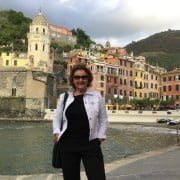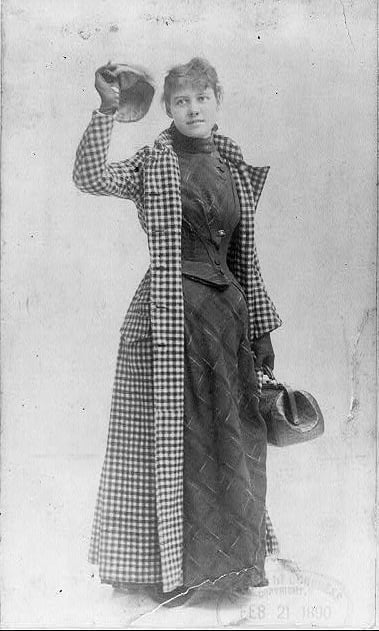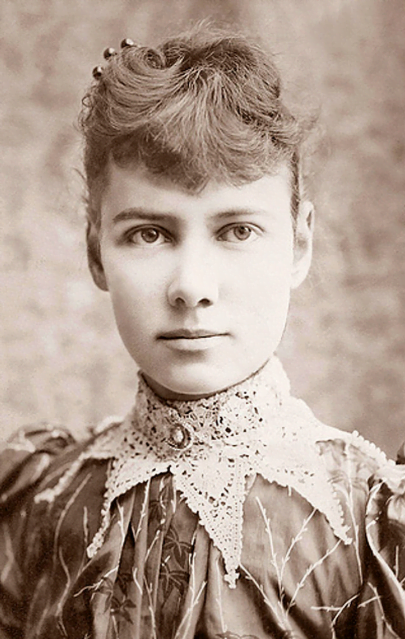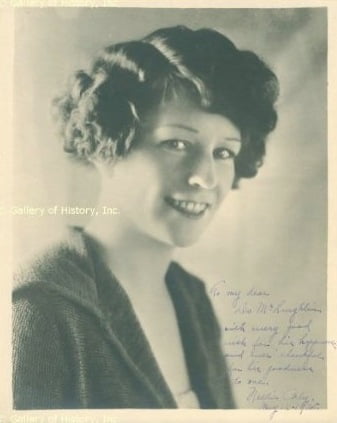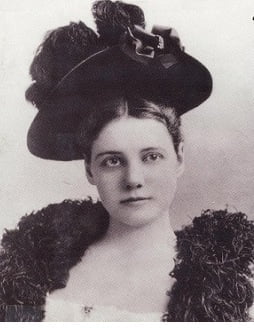In Praise of Solo Travel in Italy for Women
Solo Travel In Italy For Women
Italy is the perfect place for solo travel for women. But when I told people that I had recently travelled through Italy myself, they looked at me in disbelief and the usual response was — “ Well, that takes balls. I wouldn’t do that.”
But why not?
Travelling solo is a liberating and exhilarating experience. It fills us with a sense of adventure, opens our minds and relaxes the soul.
Interestingly, the majority of tourists that I saw in Italy were aged 40 plus. And the majority of those were women. But I rarely saw women in this age group travelling alone outside the major cities. My first thought was – there must be a hell of a lot of women sitting at home because they couldn’t find anyone to travel with.
If you have someone that you enjoy travelling with, that’s great, but if you don’t, then it’s is not a reason for staying home.
But as women we are afraid to travel alone because of a bag full of fears that include: fear of loneliness, fear for our safety, fear of the social stigma that brands an unattached woman, organisational fear – how will I be able to organise a whole trip by myself and how will I know where to go and what to see?
The first step is to decide – it’s my time now.
I get to choose where to go and what to see. That, in itself, is pure pleasure.
Italy is such a welcoming country and Italians are very gracious and courteous. I wasn’t hassled or made to feel uncomfortable or strange. And whenever I asked for assistance or directions, no matter how busy the people were, they would always take the time to help me. Language is also not a problem as many people speak English.
Loneliness
There are times when you wish you could share your experiences with someone and that you feel lonely. No question. But Italy offers so many distractions and compensations. The first thing you can do is go out and buy yourself a gelato or some delicious street food. Then you take a walk down a medieval street, lose yourself in a busy market, gaze at glorious paintings and marvel at the magnificent buildings. Being filled with the beauty of Italy does wonders for loneliness.
Then you remind yourself that if you were with someone else, you would lose that most precious and rare pleasure – the freedom of not having to compromise. Not having to fit in with someone else’s plans. Not wasting time visiting monuments because that’s what the person you are with wants to do, when all you want to do is drive through hills covered in olive trees. You get to do exactly what you want and it is something you probably haven’t done in very long time.
Keeping a diary of your travels is an excellent way of dealing with loneliness. There is a joy in writing things down, capturing them. And that remains as something you can always refer to.
One of the most memorable days I had was sitting on a roof-top terrace gazing out over the boats in the harbour, the sun shining on the water and the bright red geraniums, drinking a cold beer and writing happily in my travel diary.
I also found that when you are travelling solo, people tend to strike up conversations with you more readily than if you are in the closed confines of a couple or a group. So you are always meeting people and chatting.
Safety
Italy is very safe for women travelling alone. I was able to walk around the streets, go to cafes or to dinner and return late at night and was not molested or bothered. Perhaps young girls might have to fend off advances, but for women over the age of 40, it’s just not a major issue. I had also been warned about pickpockets in Palermo, but had no trouble.
Social Stigma
Actually, no matter where I went in Italy, I never hesitated to go into restaurants to eat lunch or dinner alone. To be asked in Italian by the waiter at the entrance if you are dining ‘solo’, doesn’t sound as pathetic as being asked – “Is it just you?” as happens in Australia.
I have written about the problems of eating out alone in Australia in a previous blog. (https://womangoingplaces.com.au/women-dining-solo/ ). When overseas, it becomes much easier because you really don’t have to worry about what other diners think. You are a tourist.
“ I’m having a great time – so who cares what people think!” If at our age, we still don’t live our life the way we want to because we are afraid of what people will think, then perhaps it’s time to ditch this barrier.
Another blessing of overseas travel is anonymity. No one knows you, so you don’t have to live up to any image or expectation.
As to the question of where to eat? You may have a good guide book, but several thousand other people have that same guide. I find the most effective way is to brazenly, but politely go up to a local and ask them “ Could you recommend a good place to eat around here?” Italians know and love good food, so you can bet they have their favourite places. All the most sensational meals I had came about because I just asked the locals.
Organising The Trip
If you are unsure of how to go about it, then certainly get a travel agent.
You may also decide to spend part of your trip in an organised tour and the other part on your own. Another option is to take a short course as a way of connecting with other travellers. For example, there are Italian language and cooking courses available throughout Italy.
The internet has made organising your trip very feasible. It is however, time consuming. You need to start as far in advance as possible. Do the research and make the comparisons.
Finding hotels is made easy by websites such as TripAdvisor, Booking.com, or Trivago. One of the useful features on most of these hotel booking sites is that you can make a reservation on a room and not have to pay a cancellation fee until as little as two days in advance. This is great if you are not sure of your itinerary. It means you pay a little more for the room, but the flexibility is worth it. Just make sure to check the date by which you must actually pay for the room.
If you don’t mind taking chances, then there is usually some last minute availability on hotel rooms closer to the date because people cancel their reservations. The prices are usually also cheaper then. But it is a bit of a risk and not advisable if you like things organised in advance.
The major cities in Italy – Rome, Venice and Florence, need to be booked well in advance due to the very heavy demand in high season. If possible, it is generally advisable to avoid high season for any travel in Italy as that way you can avoid the crowds, queues and heat.
Knowing Where To Go
The advantage of tour groups is that they have experienced guides who take you around. But you can travel solo and organise your own guide. By googling for local guides, I hired a local guide in each of the major cities I visited. The 4 guides I found were outstanding. They were all women who were official Italian guides, had a breadth of knowledge, accommodated themselves to what I wanted to see, and were very pleasant. Their English was excellent. I will be giving the names of each of these guides when I publish the various posts about the cities I visited.
In addition, hotels and local tourist offices also offer lots of group tours that you can join for a day. And you can book these tours in Italy and not necessarily before you leave Australia.
When Things Go Wrong
Even with the best organisation, things can go wrong. For example, when Emirates kept all passengers on the tarmac for 6 hours because there was something wrong with the plane we were in, and consequently I missed my connecting flight; other flights were cancelled; the hotel which looked great on the website had a faulty sewer which caused the room to smell; my train to Florence was massively delayed by a fire on the line. Being alone when these things happen may appear a challenge but in my experience, it wasn’t. Single status had no bearing on the re-arrangement of flights and the airlines’ responsibility. Rely on your own resourcefulness and often the kindness of strangers.
Getting Around
It is very easy and convenient to get around Italy using public transport. The train system offers high speed trains as well as slower ones, with good connections. The punctuality and frequency of the trains is usually reliable. Trenitalia (https://www.lefrecce.it/) is available for checking train timetables and booking tickets online. All this information is available in English if you choose English in the top right-hand corner of their homepage You can even book from Australia and tickets booked in advance online are usually cheaper. This is a good a good idea as it avoids lengthy waits in queues.
You can also choose to fly instead of taking the train within Italy.
Unlike the rest of Italy, public transport in Sicily is bad. While there are lots of inexpensive flights to Sicily from the mainland, once you get there, there are few internal flights, poor train services, and the buses are very slow and often not available on Sundays. The only option for long distance travel there is with hired cars or taxis, and taxis can be very expensive. So instead of trying to cover much of the island, you may choose a particular part and focus on that. But don’t let that stop you from going there. Sicily is beautiful, as are the other places I visited in Italy.
The slideshow above gives you a glimpse of the places I visited in Venice, Bologna, Cinque Terre, Florence and Sicily.

